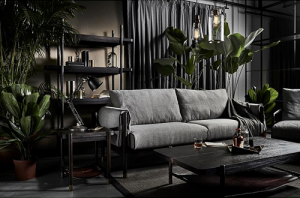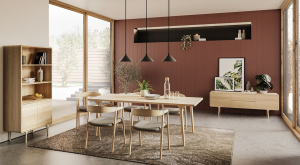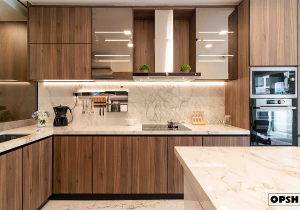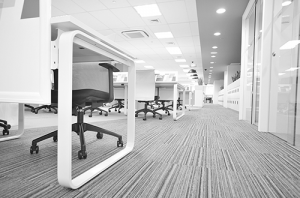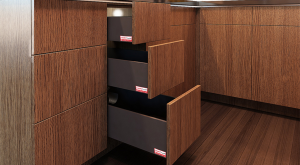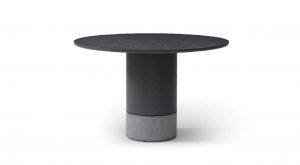Featured Post
Easy Ways to Save Energy Indoors: Tips for a Sustainable Home
In today's world, saving energy is not just about reducing bills; it's about creating a sustainable future. With simple changes indoors, you can make a significant impact. This article explores easy ways to save energy while enhancing your home's comfort and style.
Lighting: Bright Ideas for Energy Savings
Switching to LED bulbs is one of the easiest ways to save energy. They use up to 75% less energy than traditional incandescent bulbs and last much longer. Plus, they come in various styles to suit any decor. I recently switched to LED bulbs in my home and noticed a significant drop in my electricity bill. The soft glow they provide also creates a cozy atmosphere.

Maximizing natural light not only saves energy but also boosts your mood. Consider light-colored curtains or blinds that allow sunlight to filter through. If you're redesigning, think about adding skylights or larger windows. Natural light can transform a space, making it feel more open and inviting.
Heating and Cooling: Stay Comfortable, Save Energy
A programmable thermostat can save you up to 10% on heating and cooling costs. Set it to adjust temperatures when you're away or asleep. Also, ensure your home is well-insulated to prevent heat loss in winter and keep cool air in during summer. Regular maintenance, like cleaning or replacing air filters, can improve your system's efficiency. A dirty filter forces your system to work harder, using more energy.
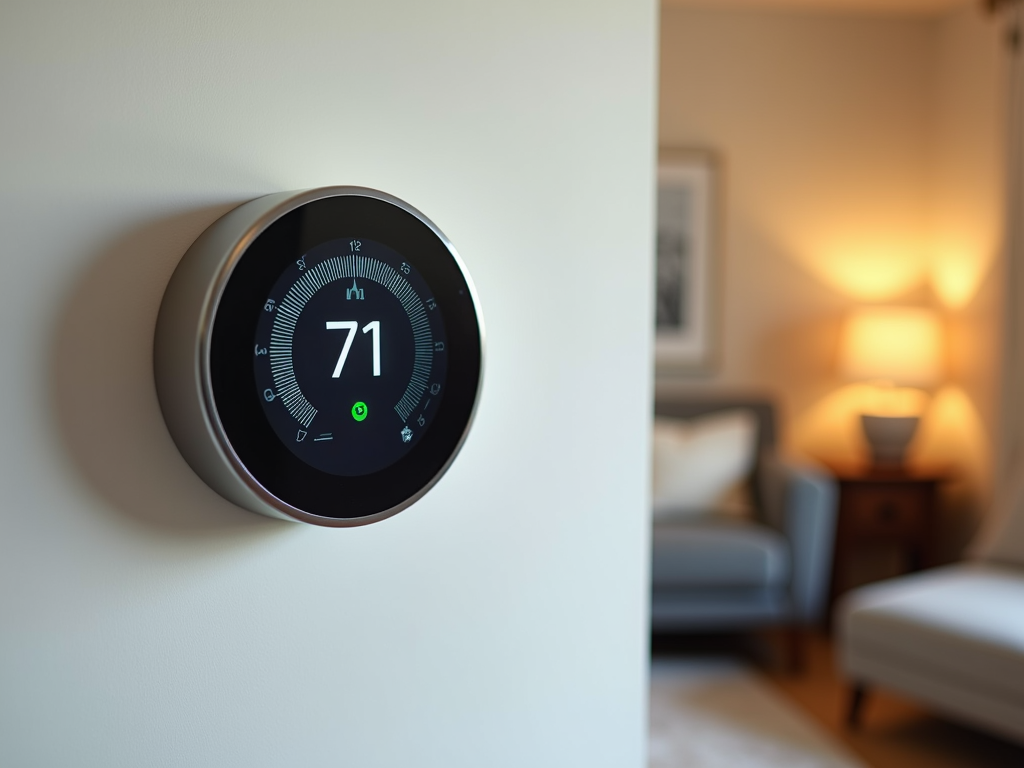
Tips for Efficient Heating and Cooling:
- Use ceiling fans to circulate air and reduce the need for air conditioning.
- Seal gaps around windows and doors to prevent drafts.
- Consider energy-efficient windows if you're renovating.
Appliances: Power Up Efficiency
When it's time to replace appliances, look for Energy Star-rated models. They use less energy and water, saving you money in the long run. Simple habits like running full loads in the dishwasher and washing machine can also make a big difference. Unplugging devices when not in use prevents 'phantom' energy drain. I use power strips to easily turn off multiple devices at once.
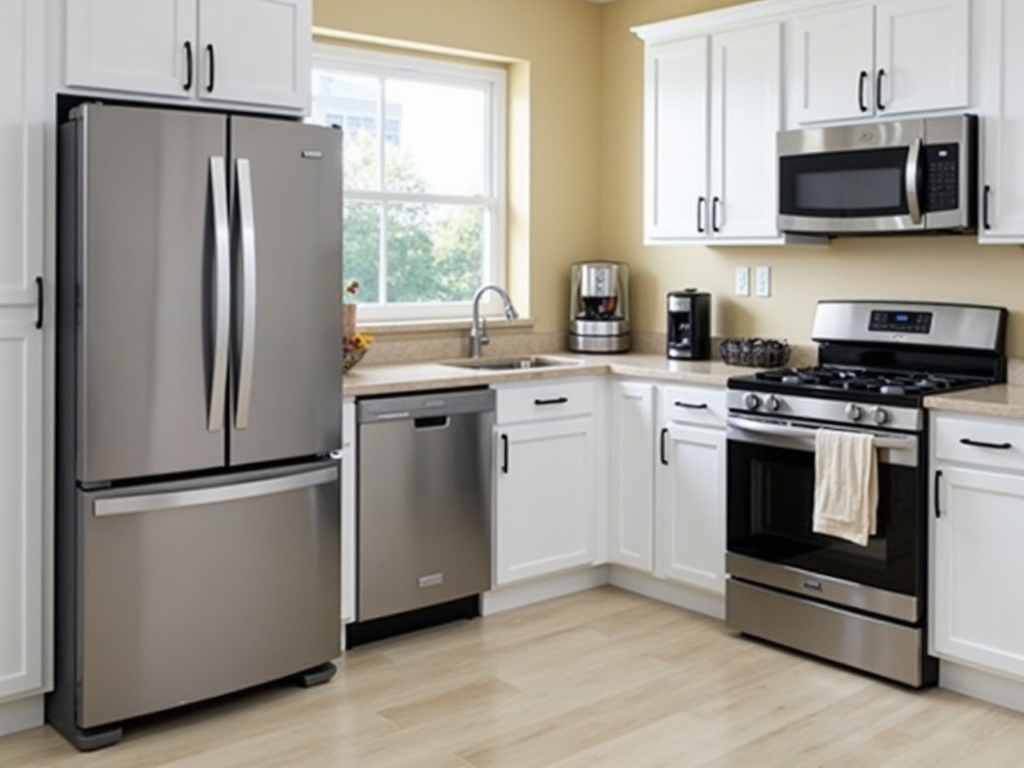
Here's a comparison of energy-efficient appliances versus traditional ones:
| Appliance | Traditional Model | Energy-Efficient Model |
|---|---|---|
| Refrigerator | 500 kWh/year | 350 kWh/year |
| Washing Machine | 700 kWh/year | 400 kWh/year |
| Dishwasher | 400 kWh/year | 250 kWh/year |
As you can see, the savings add up quickly.
Water Usage: Every Drop Counts
Installing low-flow showerheads and faucets can reduce water usage without sacrificing pressure. Fixing leaks promptly can save gallons of water and the energy used to heat it. I once had a leaky faucet that wasted so much water; fixing it was a simple but effective way to save energy.
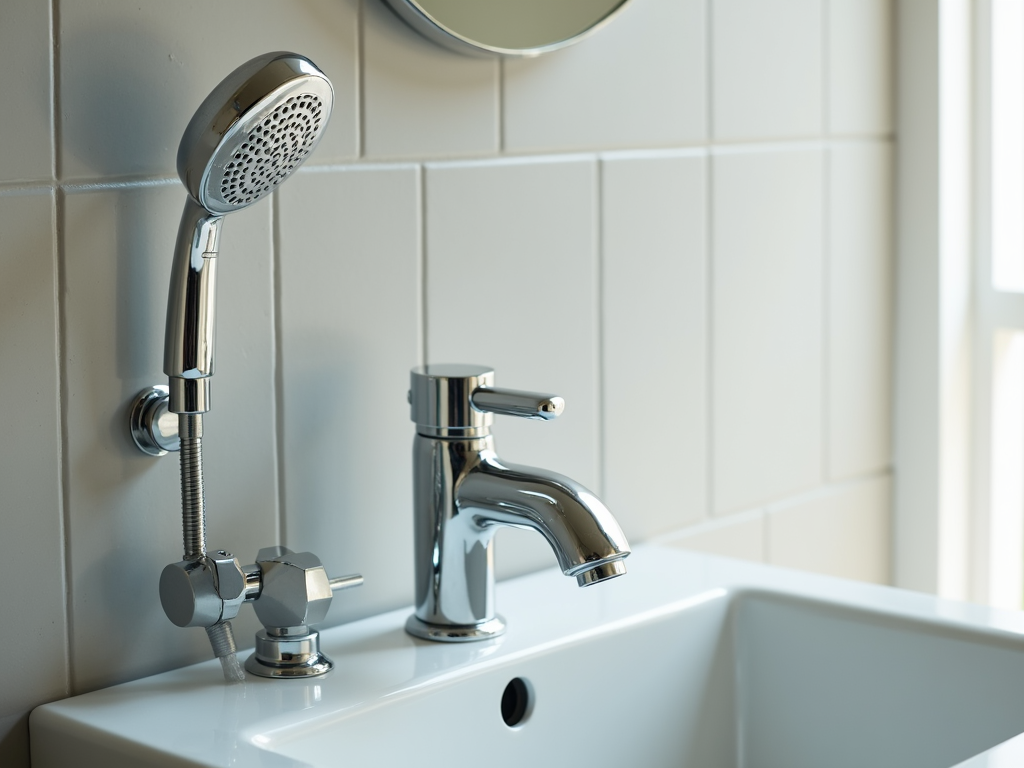
Sustainable Home Design: Style Meets Efficiency
Sustainable home design isn't just about energy efficiency; it's about creating a space that harmonizes with the environment. Incorporating natural materials like wood or bamboo can reduce your home's carbon footprint. When choosing furniture, opt for pieces made from sustainable materials or second-hand finds to reduce waste. Light-colored furniture can help reflect natural light, reducing the need for artificial lighting. Arranging furniture to maximize airflow can also aid in natural cooling.
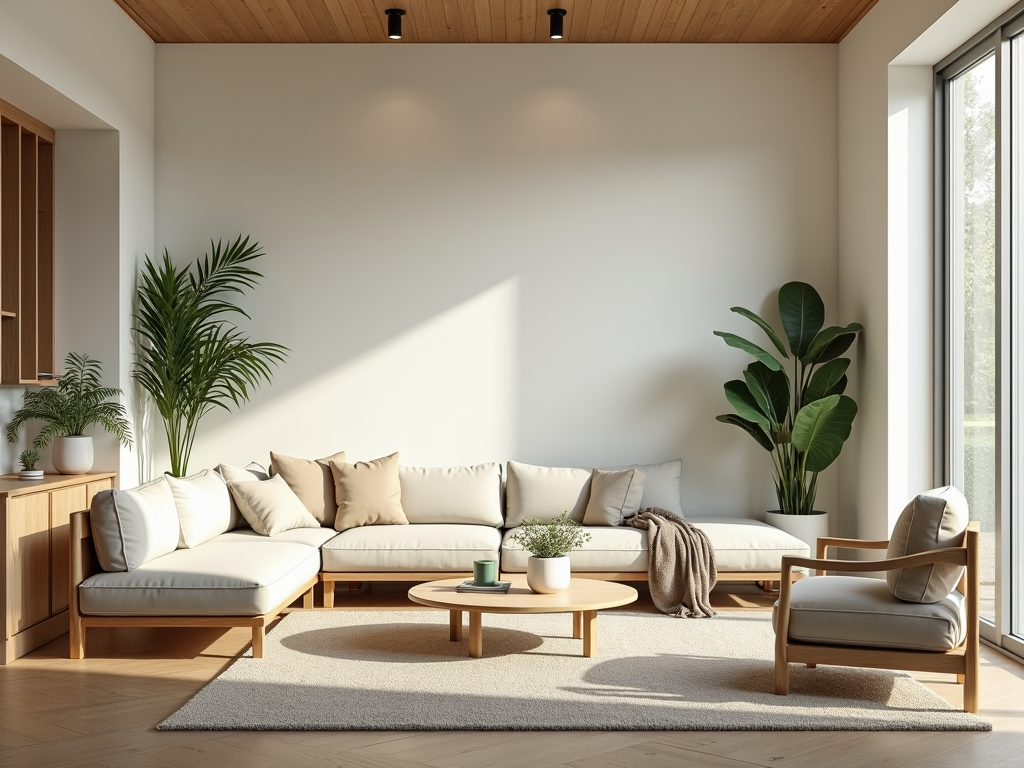
Patio Furniture Trends for Summer: Eco-Friendly and Stylish
This summer, patio furniture trends are leaning towards eco-friendly materials like recycled plastic or sustainably sourced wood. Look for pieces that are durable and weather-resistant to reduce the need for replacements. A well-chosen patio set can extend your living space and encourage outdoor living, which can also save energy by reducing the need for indoor cooling.
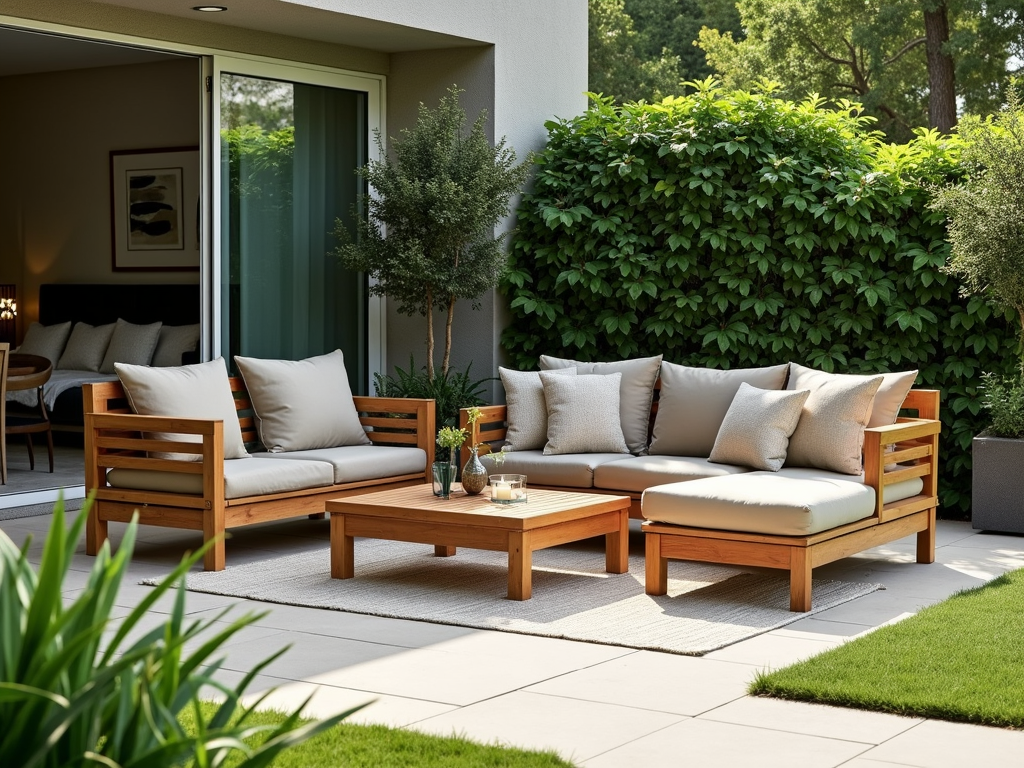
Small Changes, Big Impact
Saving energy indoors doesn't have to be complicated. Start with one area, like lighting or appliances, and gradually incorporate more changes. You'll be surprised at how these small steps can lead to significant savings and a more sustainable home.
For more information on energy savings, check out the U.S. Department of Energy's guide on energy-efficient lighting. Additionally, the Environmental Protection Agency offers resources on sustainable home practices.
Summary
By making simple changes like switching to LED bulbs, using programmable thermostats, and choosing energy-efficient appliances, you can reduce your carbon footprint and save money. Start small, and you'll be amazed at the impact you can make.


